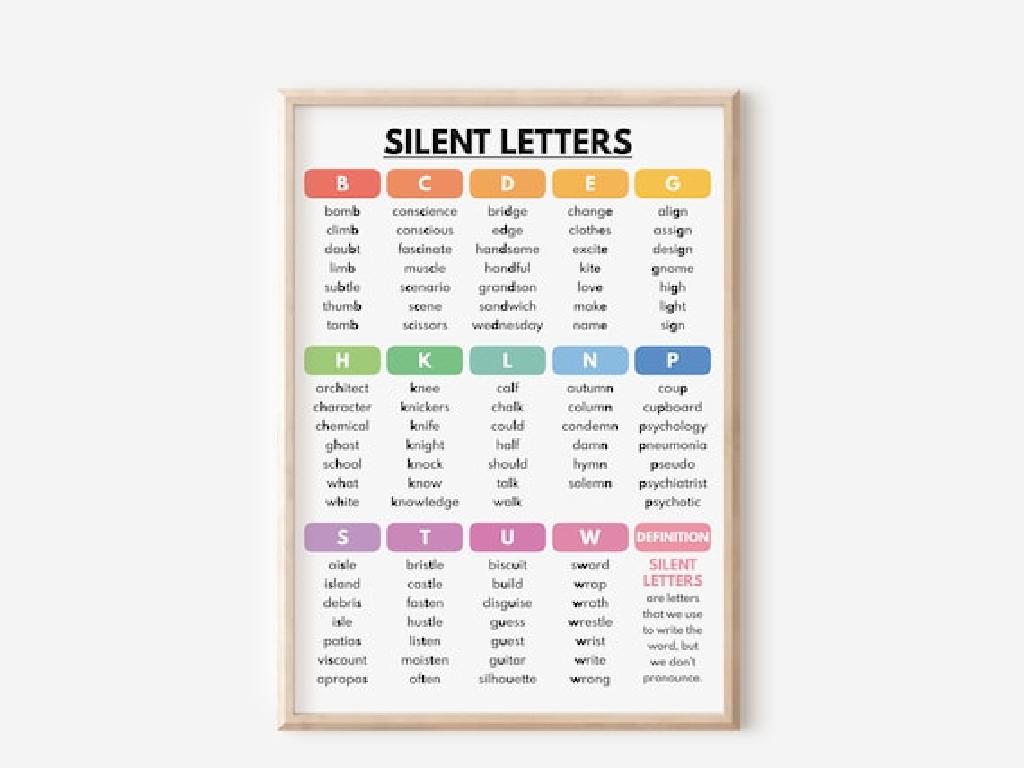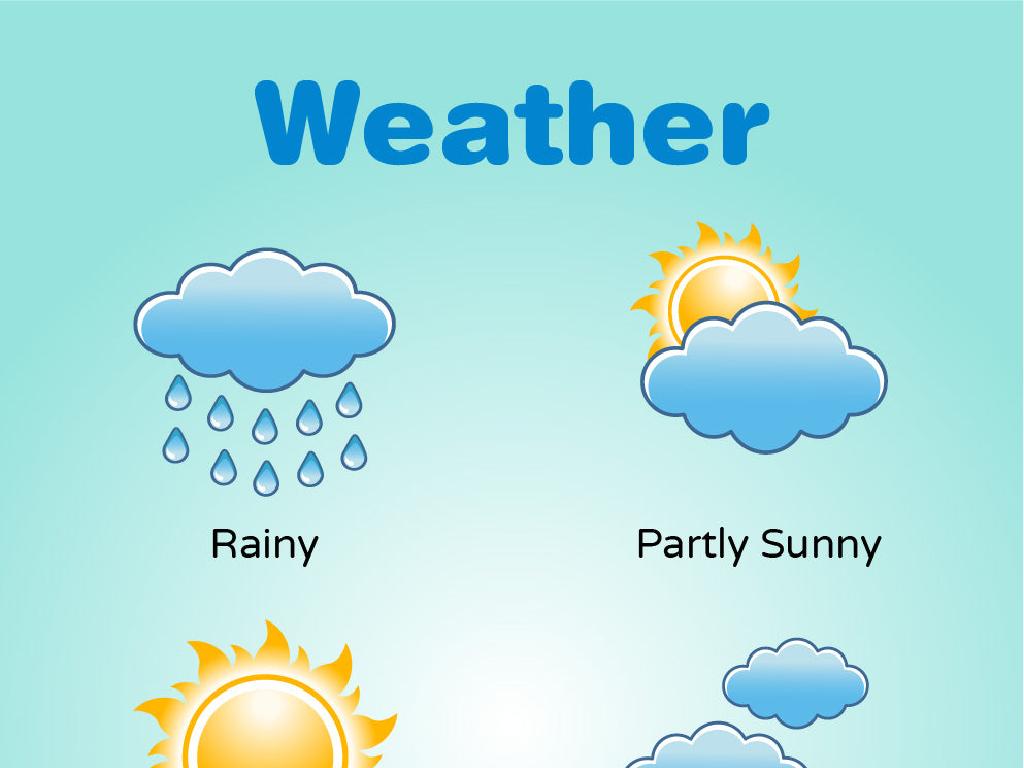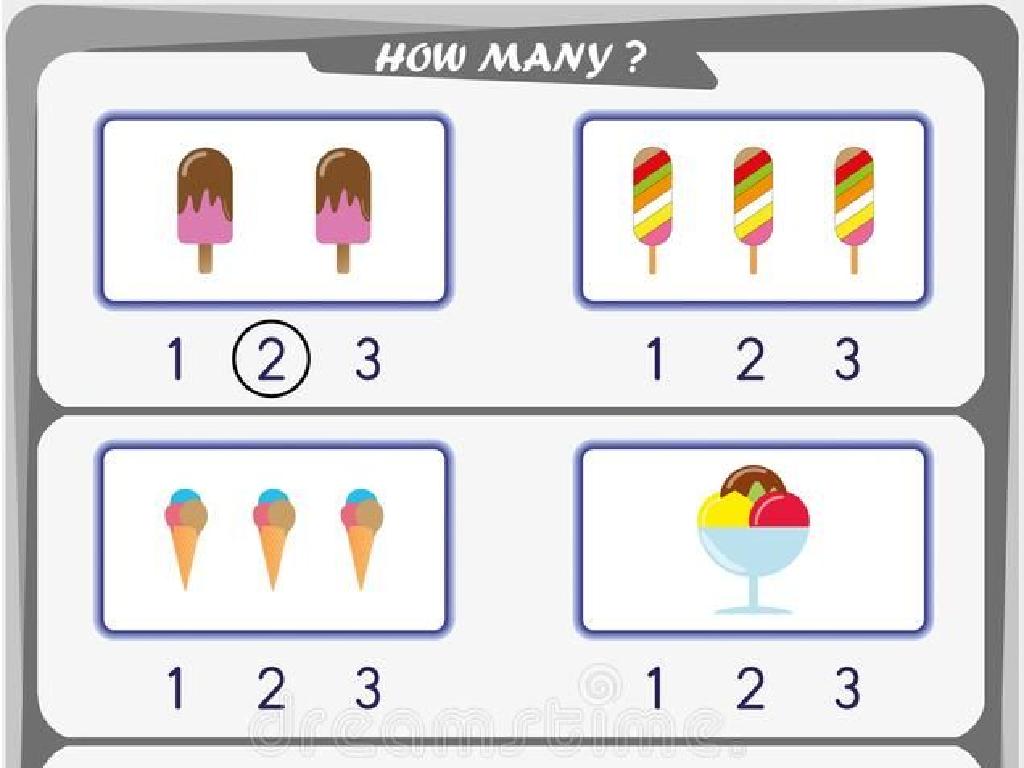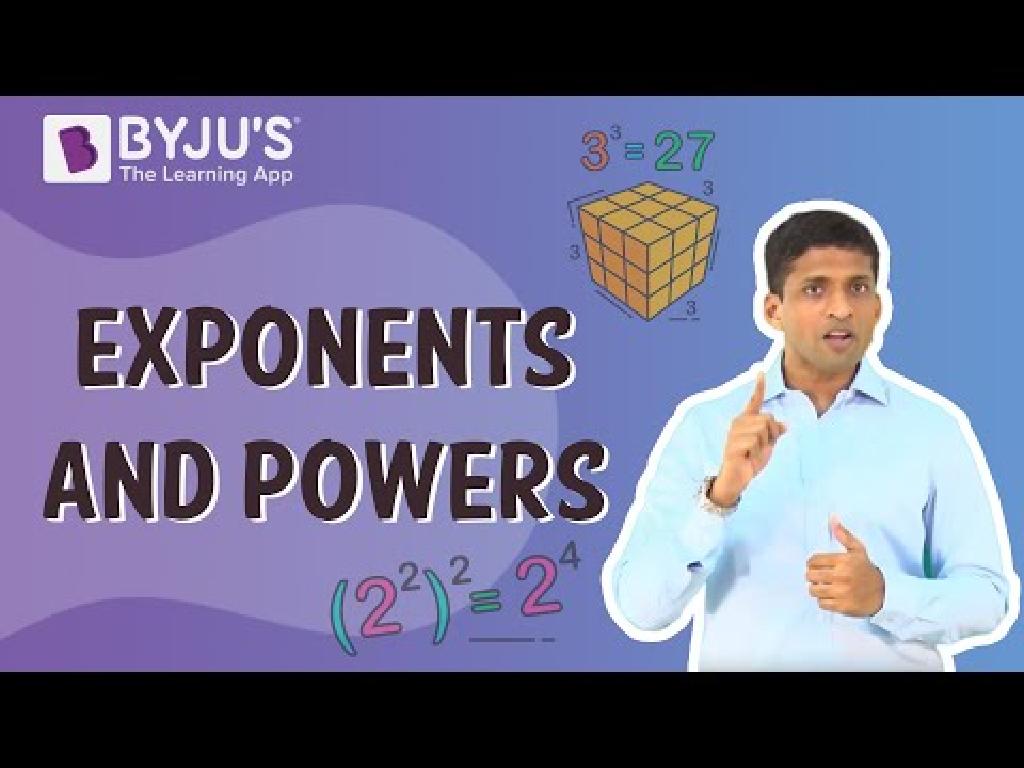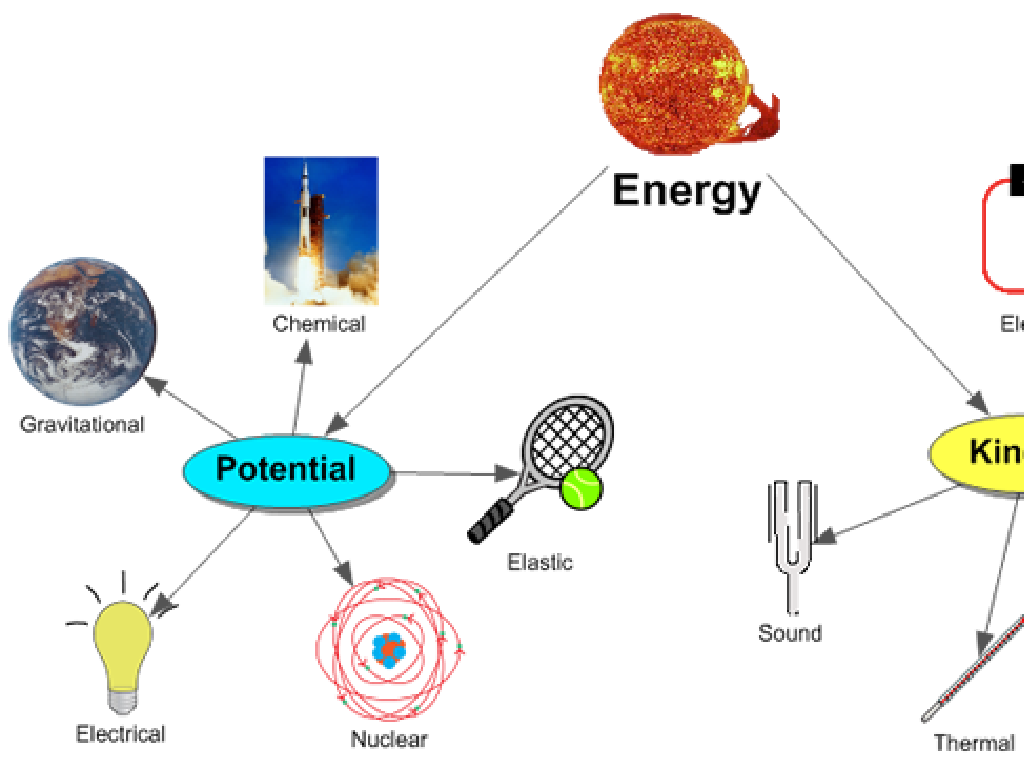Identify Prepositions And Their Objects
Subject: Language arts
Grade: Fifth grade
Topic: Prepositions
Please LOG IN to download the presentation. Access is available to registered users only.
View More Content
Welcome to Prepositions!
– Understanding prepositions
– Prepositions connect nouns/pronouns
– They show relationships in sentences
– Common prepositions: on, in, by
– Examples: on (the table), in (the box), by (the tree), with (a friend), under (the bridge)
– Prepositions in sentences
– Let’s find prepositions in example sentences together
|
This slide introduces the concept of prepositions to the students. Prepositions are words that link nouns, pronouns, or phrases to other parts of the sentence and show relationships such as location, direction, time, or method. Use everyday objects and scenarios to illustrate prepositions, like ‘The book is on the table’ or ‘She walked with her dog.’ Encourage students to think of prepositions as ‘anywhere a mouse can go’ relative to a box to make it relatable and easier to understand. Have students practice by identifying prepositions in sentences and discussing the relationship they describe. This will set the foundation for identifying objects of prepositions in future lessons.
Prepositions in Action
– Prepositions show position
– ‘On’ indicates a surface
– Example: The cat is ON the mat.
– ‘In’ suggests containment
– Example: The books are IN the backpack.
– ‘With’ implies use or accompaniment
– Example: She wrote a note WITH a pen.
|
This slide is designed to help students identify and understand the role of prepositions in sentences. Prepositions are words that show the relationship between a noun or pronoun and other words in a sentence, often indicating location, direction, or time. Use everyday examples to illustrate how prepositions function. ‘On’ is used when something is touching the surface of something else. ‘In’ is used to express that something is contained within something else. ‘With’ is often used to show that something is being used or that two things are together. Encourage students to come up with their own sentences using different prepositions to solidify their understanding.
Finding the Object of a Preposition
– What is a preposition’s object?
– It’s the noun or pronoun after the preposition.
– Example: ‘under the table’
– ‘Table’ is the object of the preposition ‘under’.
– Objects can be one word or a group
– Like ‘the table’ or ‘the old wooden table’.
– Practice identifying objects
|
This slide aims to help students identify the object of a preposition in a sentence. The object of a preposition is the word (noun or pronoun) that follows the preposition and completes its meaning. Start with clear examples, showing that the object can be simple or more complex. Encourage students to practice by finding objects of prepositions in sentences they create or from a text. This will enhance their understanding of sentence structure and the role prepositions play in providing additional details about the action or subject.
Practice Identifying Prepositions
– Understanding prepositions
– ‘TO’ as a preposition
– ‘TO’ indicates direction. Example: I walked TO the store.
– ‘BETWEEN’ as a preposition
– ‘BETWEEN’ shows position. Example: He sat BETWEEN two students.
– ‘ABOVE’ as a preposition
– ‘ABOVE’ describes location. Example: She can see the stars ABOVE.
|
This slide is aimed at helping students practice identifying prepositions in sentences. Start by explaining that prepositions are words that show the relationship between a noun or pronoun and other words in a sentence. Use the examples provided to illustrate how ‘to’, ‘between’, and ‘above’ function as prepositions indicating direction, position, and location, respectively. Encourage the students to come up with additional sentences using these prepositions and to identify the object of each preposition. This activity will enhance their understanding of how prepositions connect ideas in a sentence and how they can locate them by looking for words that provide context to time, place, and position.
Practice: Finding Objects of Prepositions
– Understand objects of prepositions
– Example: ‘The bird flew OVER the trees.’
– ‘trees’ is the object of ‘over’
– Example: ‘They stood NEAR the entrance.’
– ‘entrance’ is the object of ‘near’
– Identify objects in sentences
|
This slide is aimed at practicing the identification of objects of prepositions. Start by explaining that the object of a preposition is the noun or pronoun that follows the preposition, giving the preposition meaning in the context of the sentence. Use the examples provided to illustrate how ‘trees’ is the object of ‘over’ and ‘entrance’ is the object of ‘near’. Encourage students to look for the word that the preposition is referring to in a sentence. For the activity, students should find sentences in their reading book or come up with their own sentences and identify the prepositions and their objects. This will help solidify their understanding of how prepositions function within sentences.
Your Turn: Practice with Prepositions
– Find prepositions in worksheet sentences
– Identify objects of the prepositions
– Circle the prepositions
Use a pencil to circle words like ‘in’, ‘on’, ‘at’
– Underline the objects
Draw a line under the noun or pronoun after the preposition
|
This slide is designed to engage students in an independent practice activity where they will apply their knowledge of prepositions and their objects. Provide each student with a worksheet containing sentences. Instruct them to identify the prepositions within these sentences and then to find the objects of these prepositions. They should circle the prepositions to visually distinguish them and underline the objects to demonstrate their understanding of the relationship between the two. This exercise will help solidify their grasp of prepositional phrases and how they function within a sentence. As they work, circulate the room to offer assistance and answer any questions. Collect the worksheets at the end for assessment.
Class Activity: Preposition Scavenger Hunt
– Explore the classroom together
– Find objects and their positions
– Use prepositions to describe location
– For example, ‘The plant is NEXT TO the window.’
– Share your findings with the class
|
This interactive activity is designed to help students identify prepositions and their objects in a fun and engaging way. Students will move around the classroom to find various objects and then describe their positions relative to other items using prepositions. Encourage them to use a variety of prepositions such as ‘above’, ‘below’, ‘beside’, ‘between’, ‘next to’, and ‘under’. After the scavenger hunt, each student will share their sentences with the class, which will reinforce their understanding and provide practice in using prepositions correctly. Possible variations of the activity could include pairing students to work together, having them draw the classroom layout with the objects and prepositions, or even extending the hunt to outside the classroom if time and space permit.
Wrapping Up: Prepositions & Homework
– Congrats on learning prepositions!
– Homework: Write 10 sentences
– Include different prepositions in each sentence
– Use various prepositions
– Highlight prepositions and objects
– Underline prepositions, circle their objects
|
Students have done a great job in understanding the role of prepositions in sentences. For homework, they are tasked to write 10 unique sentences, each incorporating a different preposition. This will help reinforce their understanding of how prepositions function to connect the elements of a sentence. They should also practice identifying the objects of prepositions by highlighting them in some way, such as underlining the preposition and circling the object. This exercise will not only solidify their grasp of the concept but also enhance their ability to analyze sentence structure. In the next class, we can review some of the sentences together to ensure comprehension and correct usage.

